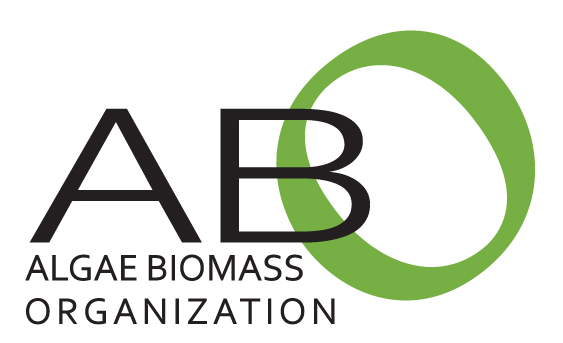By REP. HARRY TEAGUE | 6/1/10 4:57 AM EDT
As an oilman, I’ve been talking about America’s energy future with folks for more than 30 years. And I’ve continued that conversation since I was sworn into Congress.
But the more people I talked to about solutions for America’s energy future, the more I kept hearing the same answers: stable, affordable prices; reduced dependence on foreign oil; fuels that are good for the environment; and energy jobs right here in America.
While domestic oil and gas, wind and solar power, nuclear power and traditional biofuels are critical parts of a do-it-all and do-it-in-America approach to energy, there’s one source that can meet all four of those needs: algae.
Five resources are required to turn algae into fuel: sunlight, brackish or salt water, desert or other marginal land, carbon dioxide and algae. We have plenty of all five and too much of one — carbon dioxide. But through photosynthesis, we can take carbon dioxide pollution out of the atmosphere and convert it into algae-based gasoline and fuel.
In my home state of New Mexico, and across the nation, algae-based fuel technology has advanced at a breathtaking pace. Whether algae are used to make diesel, jet fuel, gasoline or ethanol — or as a feedstock in plastic and other bioproduct manufacturing — the prospects are exciting.
Breakthroughs in the laboratory and in pilot-scale engineering have brought estimates for commercial-scale production costs down in range of today’s conventional fuels. With the resources so abundant, potential production volumes are staggering — in the tens of billions of gallons per year.
So what’s the holdup? Congress.
It turns out there are two immediate barriers to raising capital for commercial-scale production of algae-based fuel.
The first is a quirk in our tax code that provides tax incentives for cellulosic biofuel production but not for other advanced technology feedstock — meaning algae.
The second is our nation’s renewable fuel standard, which mandates that, by 2022, 16 billion gallons of our annual fuel demand must be satisfied by cellulosic fuel — but algae don’t qualify and receive no benefit from the RFS.
Why? It’s not because the technology doesn’t work. It’s working today in southern New Mexico, at two separate facilities.
It’s not because algae aren’t good for the environment.
And it’s not that algae consume scarce fresh water. They grow in salt water.
Algae-based fuels don’t qualify simply because their feedstocks are different. Therefore, they don’t meet the narrow biological definition of “cellulosic.” A variety of things can be used to grow algae — but not cellulose.
Sen. Ben Nelson (D-Neb.) and I have introduced bills to end this discriminatory treatment and ensure that algae-based fuels are on a level playing field with cellulosic fuels in the tax code. There are also efforts to replace the renewable fuel standard’s exclusive carve-out for cellulosic biofuel with one for any advanced green biofuel — and that would include both cellulosic and algae-based fuels.
Making these two corrections could open the door to financing commercial-scale algal fuel production that could create many new energy jobs, keep U.S. energy dollars in America and help break our addiction to foreign oil.
Rep. Harry Teague (D-N.M.), a member of the House Transportation and Infrastructure Committee, has sponsored bills promoting green and renewable energy, including the Algae-based Renewable Fuel Promotion Act.
Read more: http://www.politico.com/news/stories/0510/37974.html#ixzz0qNBuxIOO
